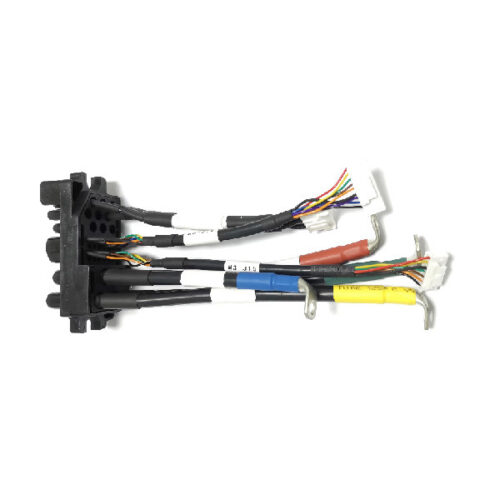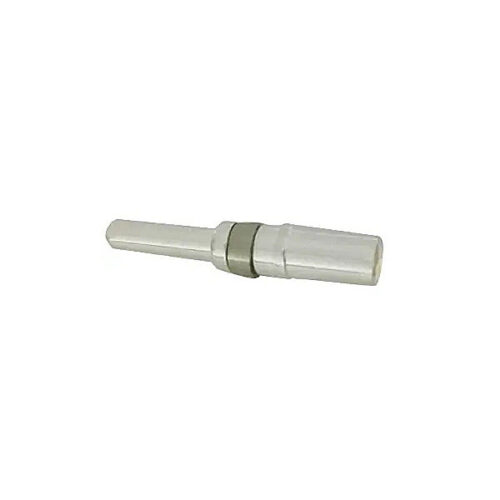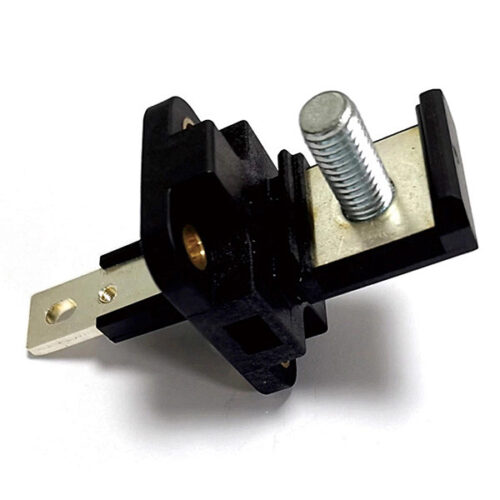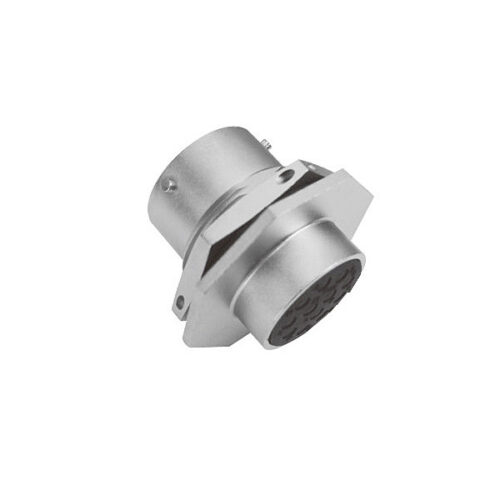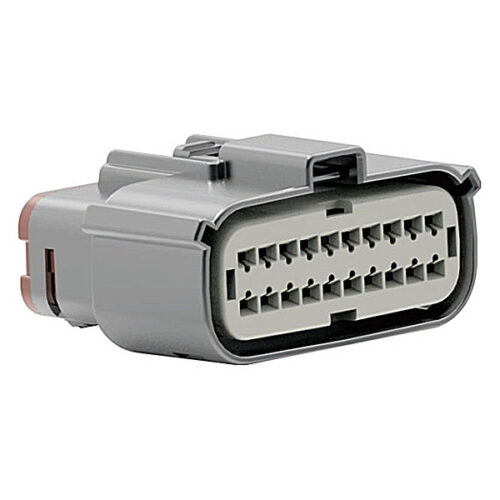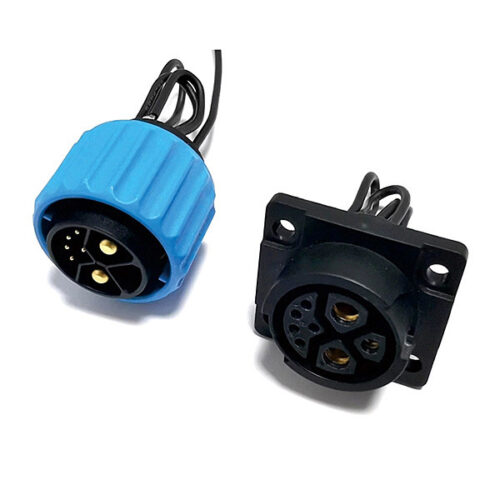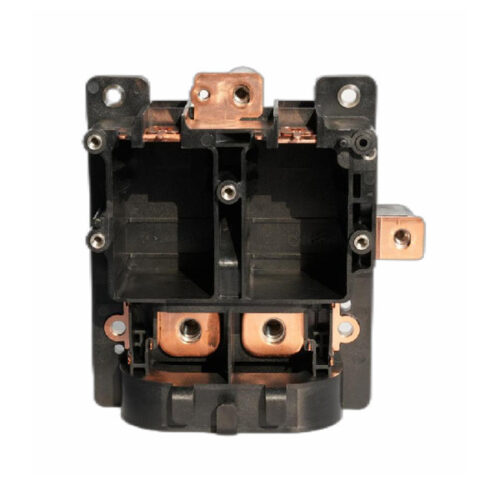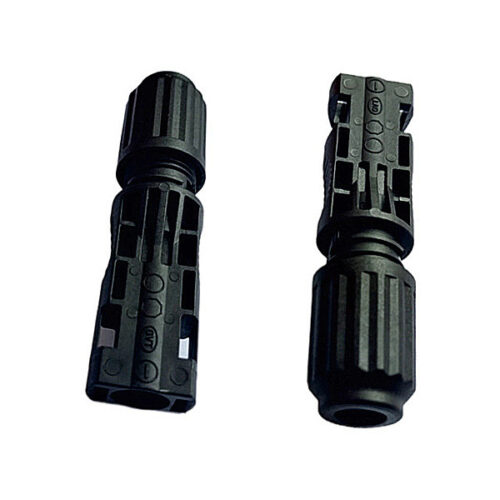Blogs & News
We are focus on automotive wiring harness & connectors technology.
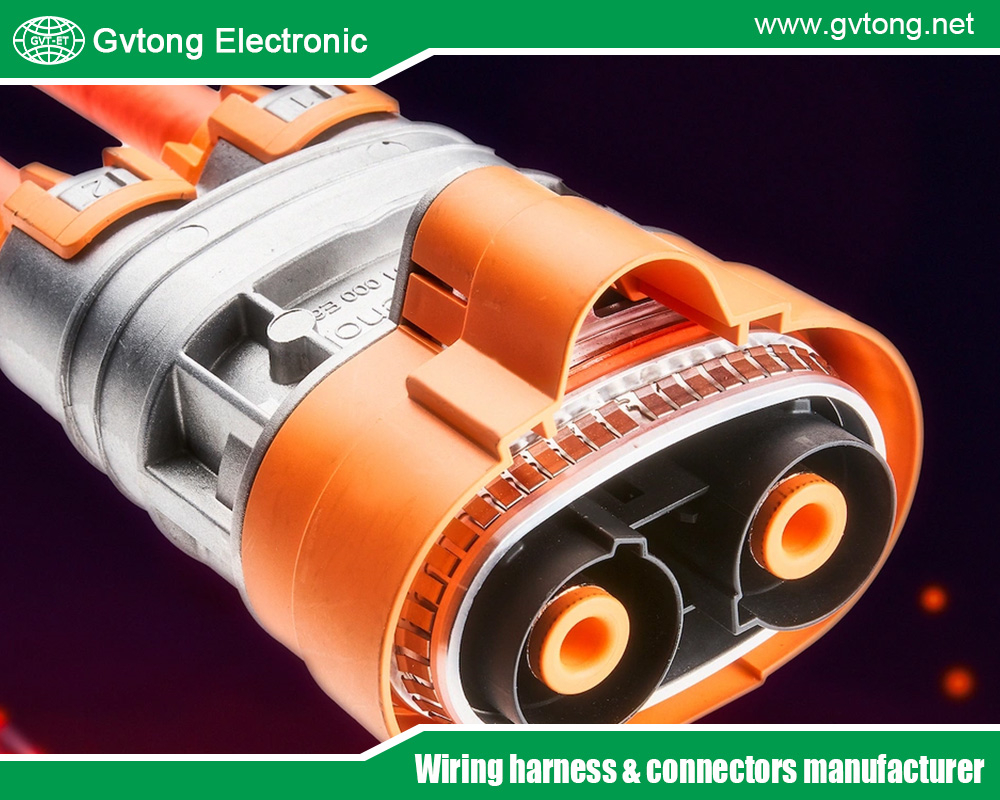
How to Choose the Most Suitable Optical Fiber Connector for Your Automotive
- Gvtong Electronic
- 48V board net connectors, ADAS sensor connectors, Automated assembly connectors, automotive antenna connector, automotive coaxial connector, automotive data connector, automotive diagnostic connector, automotive high - frequency, automotive High voltage connector, automotive hybrid connector, automotive Low voltage connector, automotive optical fiber connector, automotive optical fiber connectors, automotive optical fiber connectors manufacturer, automotive optical fiber connectors supplier, automotive power distribution, Automotive shielded connectors, automotive Signal Connector, automotive vibration - resistant, Automotive vibration - resistant connector, automotive waterproof connectors, Automotive-grade AEC-Q200 connectors, Battery management system (BMS) connectors, Blind-mate automotive connectors, EV charging connectors, Fuel cell connectors, Halogen-free automotive connectors, High-speed data connectors, In-cabin infotainment connectors, Lightweight automotive connectors, Low-contact resistance connectors, Modular automotive connectors, OEM-specific connectors, Pre-charge/discharge connectors, Quick-fit automotive connectors, Recyclable material connectors, Redundant safety connectors, Thermal management connectors, V2X communication connectors, Wireless charging connectors
- No Comments
How to Choose the Most Suitable Optical Fiber Connector for Your Automotive
In the rapidly evolving automotive industry, the demand for high-speed, reliable, and efficient data transmission systems has surged. Modern vehicles, equipped with advanced driver-assistance systems (ADAS), infotainment platforms, and autonomous driving technologies, require robust communication networks capable of handling massive data volumes. Enter automotive optical fiber connectors, a transformative technology enabling high-bandwidth, low-latency, and interference-free data transfer. Unlike traditional copper-based wiring, optical fiber connectors use light to transmit data, offering unparalleled performance in harsh automotive environments. This article explores the role, design, advantages, challenges, and future of optical fiber connectors in the automotive sector, highlighting their critical contribution to the future of mobility.

The Role of Optical Fiber in Automotive Systems
The automotive industry has transitioned from simple mechanical systems to complex electronic ecosystems. Early communication protocols like CAN (Controller Area Network) and LIN (Local Interconnect Network) sufficed for basic functions, but modern vehicles demand far greater bandwidth. Optical fiber systems, leveraging light signals through glass or plastic fibers, provide data rates up to 100 Gbps, far surpassing copper-based systems. Their immunity to electromagnetic interference (EMI) makes them ideal for environments with high electrical noise, such as electric vehicles (EVs). Key applications include:
- Infotainment Systems: Streaming high-definition video and audio.
- ADAS and Autonomous Driving: Transmitting data from LiDAR, radar, and cameras.
- Vehicle-to-Everything (V2X): Enabling real-time communication with infrastructure and other vehicles.
What Are Automotive Optical Fiber Connectors?
An optical fiber connector is a device that joins optical fibers to enable seamless data transmission. In automotive applications, these connectors must withstand vibration, extreme temperatures, and humidity. Key components include:
- Ferrule: Aligns the fiber cores for precise light transmission.
- Alignment Sleeve: Ensures accurate fiber alignment.
- Housing: Protects the connector from environmental stressors.
- Locking Mechanism: Secures the connection against vibrations.
Common connector types include:
- MOST (Media Oriented Systems Transport): Widely used for infotainment.
- LC and SC Connectors: Adapted for automotive use due to their compact size.
- MT-RJ: Multi-fiber connectors for high-density applications.
These connectors are designed to meet automotive-specific requirements, ensuring reliability in demanding conditions.
Technical Specifications and Standards
Automotive optical fiber connectors must adhere to stringent standards to ensure performance and safety. Key specifications include:
- Durability: Resistance to vibration (up to 20G) and shock.
- Temperature Range: Operation between -40°C to 125°C.
- Ingress Protection: IP67 or higher for dust and water resistance.
Standards like ISO 16750 (environmental conditions for electrical equipment) and AEC-Q100 (automotive electronics reliability) govern connector design. The MOST standard, developed specifically for automotive multimedia, ensures interoperability across manufacturers. Compared to copper connectors, optical fiber connectors offer lower signal loss and higher bandwidth but require precise alignment and robust housing to maintain performance.
Advantages of Optical Fiber Connectors in Vehicles
Optical fiber connectors offer significant advantages over traditional copper wiring:
- High Data Rates: Support for multi-gigabit transmission, critical for 4K video, LiDAR, and real-time analytics.
- EMI Immunity: Unaffected by electrical noise, improving reliability in EVs and hybrid vehicles.
- Lightweight Design: Fibers are lighter than copper cables, reducing vehicle weight and improving fuel efficiency.
- Compact Size: Smaller connectors enable efficient use of space in crowded vehicle architectures.
These benefits make optical fiber connectors indispensable for next-generation vehicles, particularly those with autonomous capabilities.
Challenges and Limitations
Despite their advantages, optical fiber connectors face challenges:
- Cost: Optical systems are more expensive than copper-based alternatives, limiting adoption in budget vehicles.
- Installation Complexity: Precision alignment and specialized tools increase installation time and cost.
- Maintenance: Repairs require trained technicians and specialized equipment.
- Compatibility: Integrating optical systems with legacy copper-based architectures poses challenges.
These hurdles must be addressed to enable widespread adoption across all vehicle segments.
Current Applications and Case Studies
Optical fiber connectors are already deployed in premium vehicles. For example:
- BMW and Mercedes-Benz: Use MOST-based optical networks for infotainment systems, delivering high-quality audio and video.
- Tesla: Employs optical fibers in its Full Self-Driving (FSD) suite to handle data from multiple sensors.
- Automotive Suppliers: Companies like TE Connectivity, Molex, and Amphenol produce ruggedized connectors for ADAS and V2X applications.
These applications demonstrate the technology’s reliability and scalability in real-world scenarios.
Future Trends and Innovations
The future of automotive optical fiber connectors is promising, driven by several trends:
- 5G and V2X Integration: Optical fibers will support ultra-low-latency V2X communication for autonomous vehicles.
- Polymer Optical Fibers (POF): Cheaper and more flexible than glass fibers, POFs are gaining traction for cost-sensitive applications.
- Cost Reduction: Advances in manufacturing are making optical systems more affordable.
- Standardization: Efforts to standardize connectors across manufacturers will improve interoperability.
These innovations will accelerate the adoption of optical fiber connectors in mainstream vehicles.
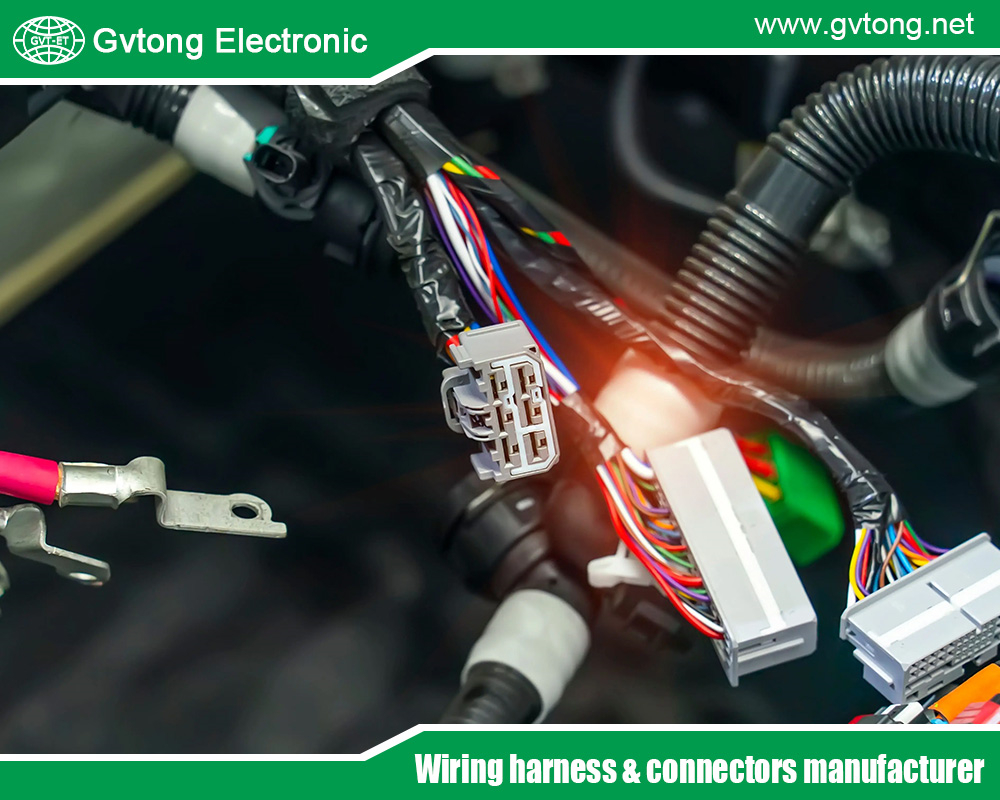
Conclusion
Automotive optical fiber connectors are revolutionizing vehicle communication systems, enabling the high-speed, reliable data transfer required for modern and future mobility solutions. While challenges like cost and complexity remain, ongoing innovations are making this technology more accessible. As vehicles become more connected and autonomous, optical fiber connectors will play a pivotal role in shaping the automotive industry’s future. Manufacturers, suppliers, and engineers must collaborate to overcome barriers and drive widespread adoption, ensuring vehicles are ready for the demands of tomorrow’s roads.
For more about how to choose the most suitable optical fiber connector for your automotive , you can pay a visit to Gvtong at https://www.gvtong.net/ for more info.

